4 Very Common Weeds in the Garden and How to Fight Them
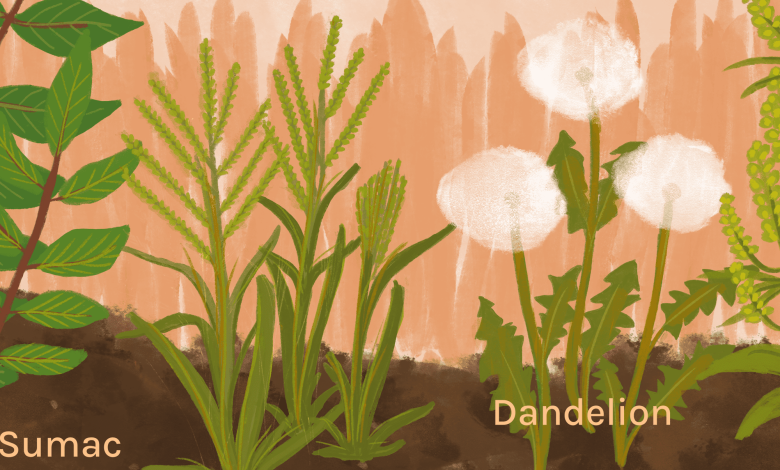
Hello Farmers! How are you? In this new article we would like to talk about the garden weeds that we can find in our garden. Some of the worst enemies that we have in the orchards and that we want to make known in a clearer way with names and surnames. It seems like the beginning of a report on the most wanted by the Police, but, more or less in our garden, they produce quite unpleasant situations for our work. So we are going to see 4 weeds with which we have to be careful. Go for them!
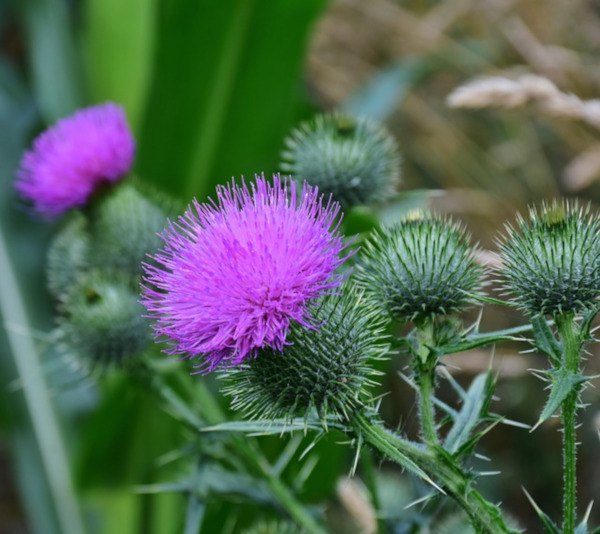
1. Wild oats (Avena spp.) one of the garden weeds
Also known as Ballueca or Cogulla, its most common species are Avena fatua, Avena sterillis and within this Avena sterillis subs. Ludoviciana. It is a very frequent species among the cultivation of cereals, such as wheat and barley, throughout the Mediterranean area and it is one of the biggest problems that farmers encounter.
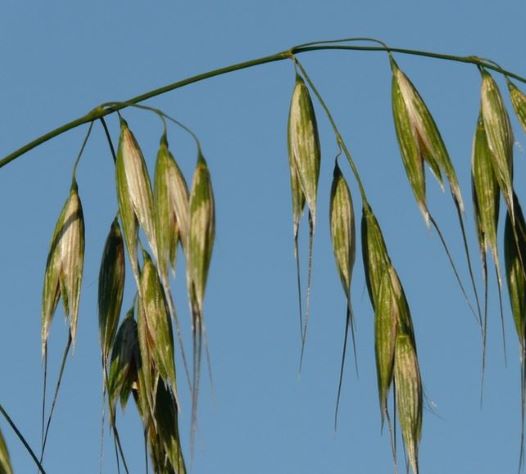
Crazy oats are a monocotyledonous belonging to the Gramineae family that can be difficult to differentiate from oats, therefore, to differentiate it you can be clear about the following characteristics:
- Pre-flowering: Rolled up
- Pilosity: At the margin of the limbus or none.
- Auricles: It does not have atria. Remember that it is a leaf appendage that appears under the leaf blade
- Ligule: Membranous and well developed.
- The first two leaves tend to be rolled counterclockwise, unlike barley or wheat.
- The crops planted in lines, the plants born between the lines, which are usually wild oats, attract attention.
- Color: Different from the crop.
- Look at the seed: Pulling up the plant shortly after it is born, you can see the seed at the end of the root.
The best way to solve it is crop rotation and the use of tillage techniques in an ideal way so that they do not appear again.
2. Foundry thistle (Cirsium arvense)
Cirsium arvense is one of the dicotyledonous garden weeds that is well known and recognized in many gardens, although we see that it has many names depending on the area in which we live, such as thistle, white thistle, borriquero thistle, burrero thistle, condidor thistle, cundidor thistle, thistle balls, hemorrhoidal thistle, hereditary thistle, odorous thistle, wheat thistle, wild thistle, chupaderos, ginetes, negrillo, black ramoncillo, odorous ramoncillo, serrilla.
It is a perennial plant whose germination period begins in spring and its flowering in summer, which has a deep central root with strong roots.
The forms of control that we can apply to eradicate this herb can be:
- If a superficial plow is carried out, be very careful with the tool that we use since if we use a mechanical mule and we use disks, we can help the thistle to reproduce more easily. Deep plowing is recommended.
- Crop rotation and if you have forage or cereals, two mowings per year are recommended
- Crop mix, mixing summer and winter crops
- If we observe the plant in our garden, remove it before it blooms
3. Purslane (Portulaca oleracea)
It is one of the garden weeds that we already saw in the article 10 WILD PLANTS THAT WE CAN EAT (part II), it is an annual plant of the Portulacaceae family that can reach about 40 cm in height. As you know, it is a plant that is better recognized by its leaves than by its flowers and it spreads very quickly throughout the garden.
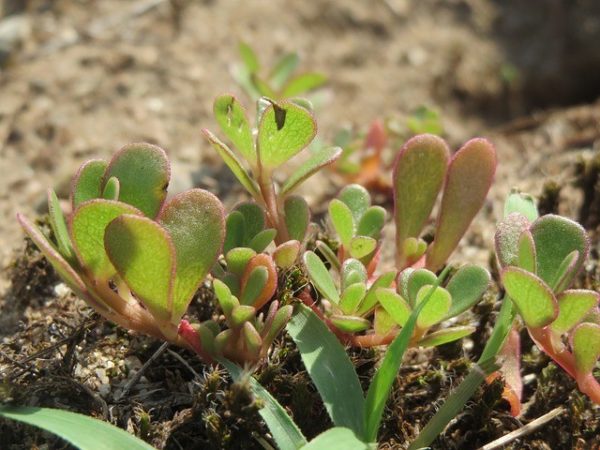
We already know that this plant is diuretic, vermifuge and antiscorbutic with an acid taste, and that it is used in salads; but, it can become an invasive plant in our garden and create productive damage in our terraces.
As its characteristics, it is an annual dicotyledonous plant of the Portulacaceae family. What I recommend for its control is to remove it from the root of your garden and use it to eat. I tell you about removing it from the root because as I have mentioned before, it can be very invasive
4. Lockjaw (Sonchus oleraceus)
I have found that Cerraja can be called other varieties of Sonchus, but in this case I have chosen the Sonchus oleraceus which, according to different herbariums that I have consulted, is the common Cerraja (if you do not believe the same, tell me). This is very common among garden weeds.
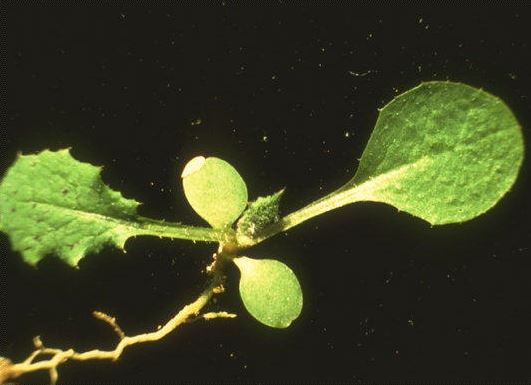
This herb of the Asteraceae family is an annual herb that in Spanish is known by many names such as azapuercos, borajas, camorroja, cardenca, cardeña, milk thistle, meño thistle, suckling thistles, carduncha, carrajón, cerraja, cerraja basta, cerraja edge, Castilian cerraja, common cerraja, cerrajas, cerrajón, coarse cerrajón, cerrajón de ensalá, imperial cerrajón, cerrajón pavero, chicory, sweet chicories, dandelion, forages, suckling, lechecilla, lechecillo, lechecino, lechera, lecheras, lecheros, lechiterna, lechocino, lechoncino, lechuguilla, pendejo, serrada, serrajas, ternillo, gardabera, ñilgüe, smoothies.
It is an herb that has small thorns on the margins of the green leaves and a quite characteristic yellow flower. It is another plant that can also be used for consumption, such as its leaves that are used as an appetite stimulant. The control that I recommend is the same as the previous one. I have seen the cerraja sometimes in my garden and to eradicate it I have taken the hoe and uprooted it to prevent it from appearing in other areas.
References
- Mayer, F., Albrecht, H. (2008). Chapter 3.3 – Dispersal Strategies: Are They Responsible for Species Success in Arable Ecosystems? . Editor(s): P. Schröder, J. Pfadenhauer, JC Munch. Perspectives for Agroecosystem Management. Elsevier. 257-278
- Naylor, R.E.L. (2003). WEEDS- Weed Seed Biology. Editor(s): Brian Thomas. Encyclopedia of Applied Plant Sciences. Elsevier.1500-1508.
- Finch, HJS, Samuel, AM, Lane, G. (2014). Plant breeding and seed production. Editor(s): HJS Finch, AM Samuel, GPF Lane, Lockhart & Wiseman’s Crop Husbandry Including Grassland (Ninth Edition), Woodhead Publishing, 263-283.
In the next chapter, more weeds. In this first part I have explained 4, in future chapters I will explain 6 other weeds that you have to know.
You can also read the post on Prevention and control of weeds in organic crops.
A big hug

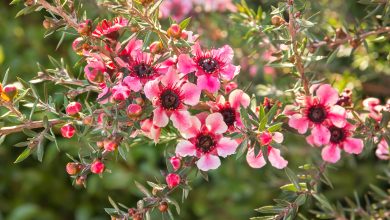
![Photo of Apple Tree Diseases and Pests: [Identification and Treatment]](https://www.complete-gardening.com/wp-content/uploads/2021/06/qué-necesitamos-para-sembrar-un-manzano-390x220.jpg)

![Photo of Galan de Noche: [Planting, Care, Irrigation, Pests and Diseases]](https://www.complete-gardening.com/wp-content/uploads/2022/08/galan-de-noche-planting-care-irrigation-pests-and-diseases-390x220.jpg)